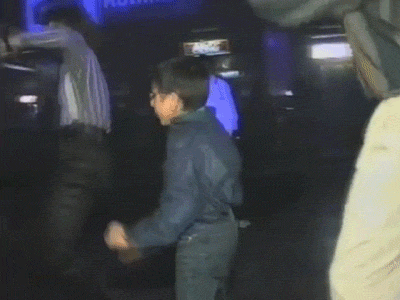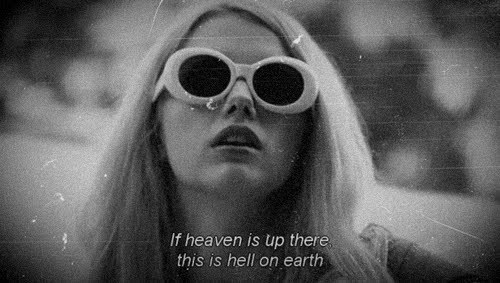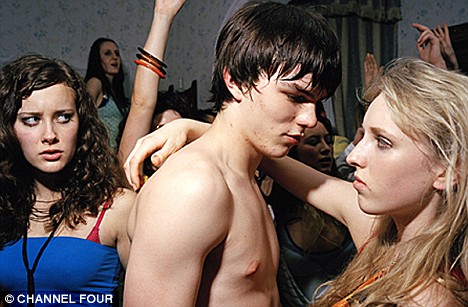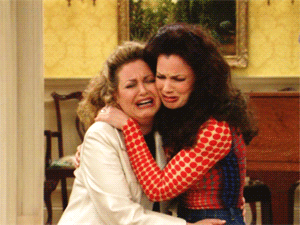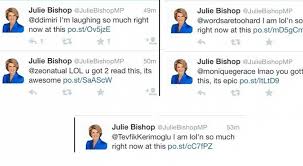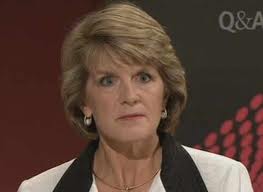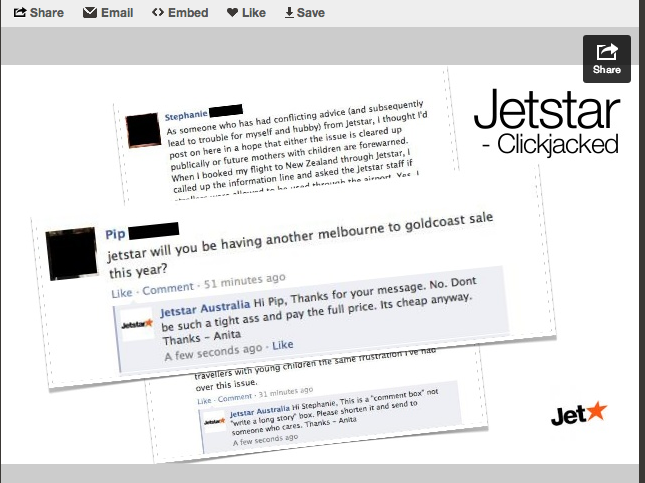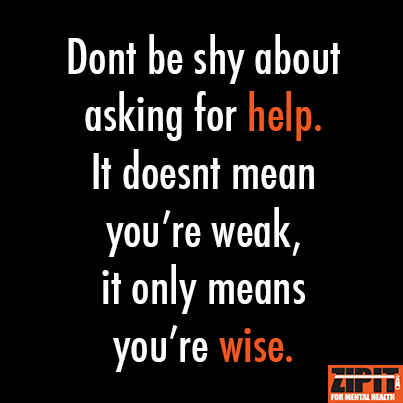Gatecrashing the Media Party: On setting the public agenda in a digitised age
Through the prism of Western Print media, Media gatekeepership the practice of controlling the nature and content of information passed from ‘sender to receiver’- is seen to be an ever present influence on the views and values of society. The Agenda Setting theory of Media Influence is an important explanation of such immense power. In this theory, an audience is understood as Active- readily engaging and seeking out information mediated by their own reception contexts. However, though gatekeepers cannot tell this audience what exactly to think, they do hold immense power to control what to think about and there are of course innumerable examples throughout history of such awareness birthing persuasion. Through the lens of Western Print Media, the process of gatekeepship runs smoothly through traditional media channels, however, with a proliferation of new informational platforms in a digitised age, the relationship between gatekeeper and audience has been significantly scrambled. Moreover, the identity of the ‘gatekeeper’ is in a state of change, as technologies of extension not only multiply, but become more accessible to the everyday audience member. Now, the modern ‘gatekeeper’, or more aptly ‘gatecrasher’ need only an internet connection in a cafe instead of a multi media conglomerate
This reinvigorated process of ‘gatecrasheship’ was exemplified in the Arab Spring of late 2010-early 2011, as the plight of Mohamed Bouazizi , a young street vendor who self-immolated outside the Tunisian Governor’s office in Sidi Boiuzid gained global attention. As state run media gatekeepers ignored the tragedy, discontent in Sidi Bouzid was instead captured in anonymously posted Youtube videos, foreign news coverage and shared jokes about their ageing dictator over text. Soon Al Jazeera was running the content recorded and written by citizen activists, which shocked the world. If this platform had not existed, the information communicated to an international audience would have been filtered and shaped by corrupt state-aligned gatekeepers. Additionally, it is a useful comparison to contrast this global audience, informed and aware of the atrocities, to previous ones in the midst of war. Where the latter has no physical point of access on the ground in Iraq, Afghanistan, Somalia etc.-reliant upon content filtered and shaped by media bias, their 2011 counterparts not only had a point of access, but a point of access in unprivileged possession of the technology of extension of the Everyman: the smartphone. The ‘gatecrasher’ now only needed a wifi connection to exert as much influence in setting the international public agenda as the conventional print media ‘gatekeeper’. In this case, the proliferation, increased accessibility of technologies of extension scrambled the relationship between the conventional gatekeeper and their audience.
However, the reliability of the information disseminated by the gatecrasher is somewhat contentious. This was bought to light recently as the self professed ‘front page of the internet’, Reddit, wrongly identified missing Brown University student Sunil Tripathi as one of the perpetrators of the Boston bombings, hours after FBI photographs of the Tsarnaevs were released. The claims made it all the way to the forefront of CNN and Fox News’ broadcast of the event, reaching a world wide audience of millions. Of course not every viewer accepted the claim, but many took to social media to debate about the post, expressing outrage when the brothers were eventually identified. The process of Agenda Setting was successfully enacted, but certainly to the detriment of fact as well as the Tripathi family.
Print journalism has undoubtably progressed since William Randolf Hearst’s artful furnishing of news events in 1892 (famously cabling his man in Cuba “You furnish the pictures, I’ll furnish the War”), though content is inherently filtered through the biases particular to a medium supposed as ‘dead’. Today, audiences consume such media with the assumption that journalists working under a rigorous code of ethics are reporting content with the closest proximity fact. No such checks and balances exist for 2013’s responsible administrator, the renegade gatecrasher. Thus, not only is the relationship between gatekeeper and audience scrambled, so to is the relationship between information and fact.
